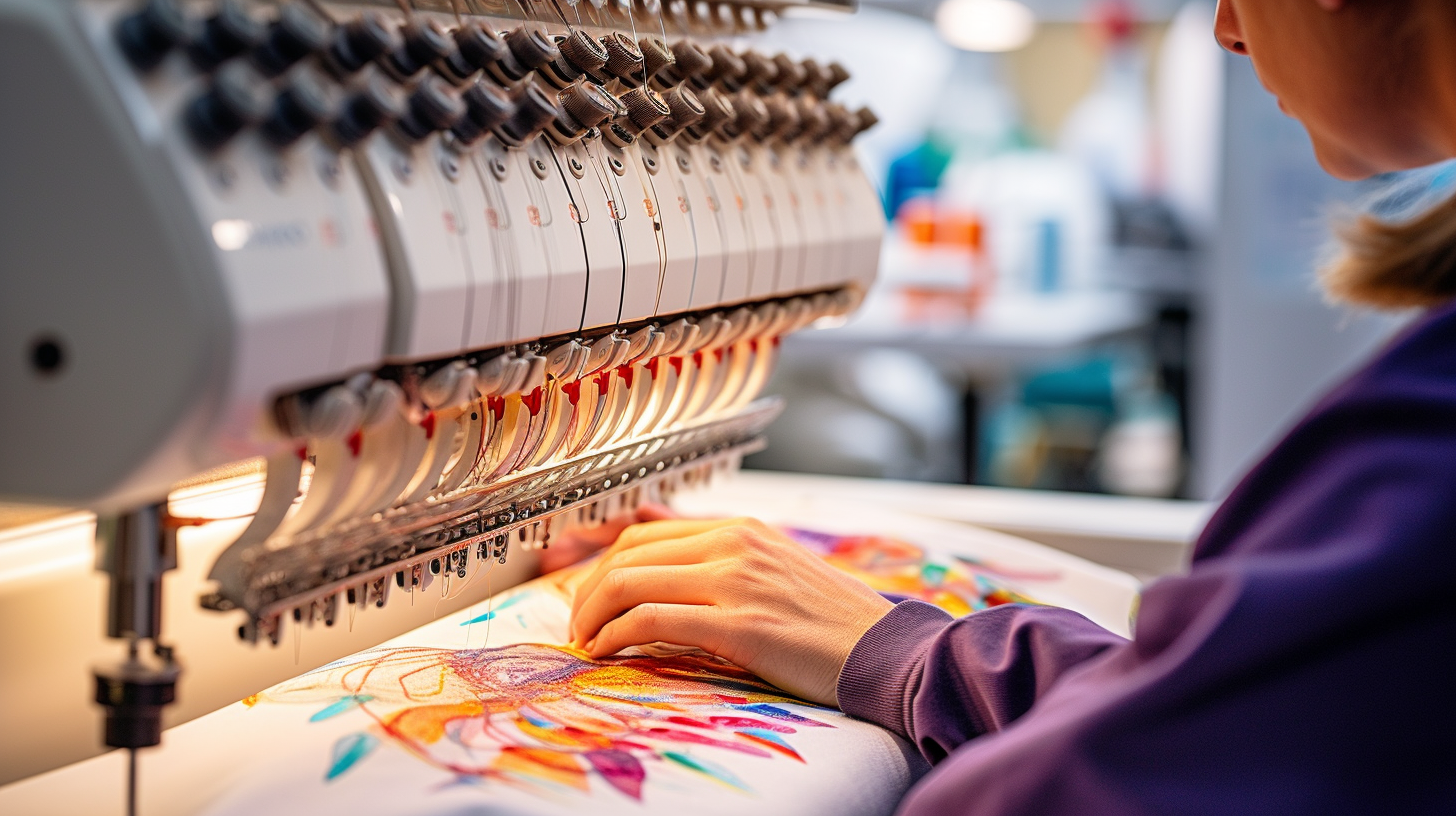Professional Digitizing for Embroidery: High-Quality Layouts
Professional Digitizing for Embroidery: High-Quality Layouts
Blog Article
Grasping the Embroidery Digitizing Process: Your Ultimate Overview
Embroidery digitizing is a thorough craft that requires precision and knowledge to convert complex designs into digital layouts for equipment needlework. As craftsmens embark on this journey to master the embroidery digitizing procedure, a comprehensive understanding of the essentials sets the foundation for quality.

Recognizing Needlework Digitizing Basics
Needlework digitizing fundamentals form the foundation whereupon intricate styles are converted right into machine-readable styles for accurate stitching. This preliminary action in the embroidery digitizing procedure is crucial for ensuring that the last stitched item is a devoted depiction of the initial design. Comprehending embroidery digitizing basics includes comprehending essential principles such as stitch types, sew direction, thickness, rug, and draw payment.
Stitch types play an essential function in determining the aesthetic and textural result of the embroidered design. By selecting the proper stitch type, whether it be satin, fill, or running stitch, digitizers can attain the wanted impact and improve the total top quality of the needlework. Additionally, sew instructions influences the flow and dimension of the layout, while thickness identifies the spacing and coverage of the stitches.
Additionally, padding stitching provides security to the layout by protecting the material and stopping distortion during the needlework procedure. Draw compensation is an additional necessary factor to consider to combat the natural propensity of material to agreement when sewn. Mastering these embroidery digitizing basics is basic for creating professional-quality stitched items.
Selecting the Right Digitizing Software
Selecting the suitable digitizing software is an essential choice that substantially impacts the effectiveness and top quality of the needlework digitizing procedure. Digitizing for Embroidery. When picking the ideal digitizing software, it is necessary to take into consideration factors such as the complexity of designs you prepare to produce, the user-friendliness of the software application, the level of customer support provided, and the compatibility with your embroidery equipment
There are different digitizing software options offered in the marketplace, ranging from standard programs for novices to innovative software for professional digitizers. Some prominent choices consist of Wilcom EmbroideryStudio, Hatch Embroidery Software, and PulseID. These software bundles provide a vast array of devices and functions to help you develop complex designs easily.
Before deciding, it is suggested to discover the different software options via cost-free tests or demos to figure out which one finest suits your needs. Furthermore, reviewing reviews and seeking referrals from skilled digitizers can provide my site valuable understandings right into the staminas and weak points of each software (Digitizing for Embroidery). By meticulously assessing your requirements and contrasting the attributes of different digitizing software program, you can make an enlightened selection that improves your embroidery digitizing operations
Digitizing Devices and Methods

Optimizing Style Setup for Embroidery
Mastering the ins and outs of layout setups is fundamental in visit homepage achieving optimal results in the embroidery digitizing process, building upon the foundation laid by recognizing digitizing devices and techniques. When optimizing design setups for needlework, it is important to think about aspects such as stitch type, density, underlay, draw settlement, and enrollment. Registration setups straighten different aspects of the layout precisely, maintaining overall layout honesty.

Troubleshooting Common Digitizing Issues
When encountering usual digitizing problems during the embroidery procedure, it is important to recognize article the source and execute reliable solutions quickly. One typical issue is stitch density issues, where stitches may be too thick, creating the fabric to pucker, or also thin, bring about voids in the layout. Changing the stitch density settings in the digitizing software can help fix this issue.
Another constant obstacle is string breaks during the needlework process. This can happen as a result of different reasons such as incorrect stress settings, boring needles, or using low-grade string. Ensuring correct maintenance of the embroidery device, including routine needle changes and stress changes, can decrease the event of thread breaks.
Furthermore, style registration mistakes can cause misaligned elements within the embroidery style. Checking the design placement in the digitizing software program and making needed changes before sewing can assist in preventing this problem. By dealing with these usual digitizing problems without delay and properly, you can guarantee a smoother needlework process and premium completed products.
Verdict
Finally, mastering the embroidery digitizing process requires a solid understanding of the basics, the ideal option of software application, and understanding of devices and techniques. Maximizing design setups and repairing usual digitizing issues are important action in ensuring high-grade embroidery results. By following these actions vigilantly, one can achieve accuracy and effectiveness in the digitizing procedure.
Report this page